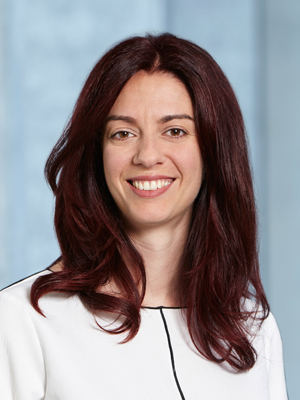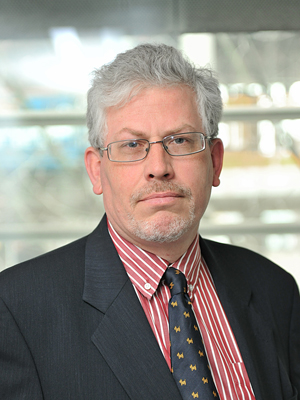 A ground motion model to estimate nonlinear deformation demands from a recent pan European strong motion database
A ground motion model to estimate nonlinear deformation demands from a recent pan European strong motion database
Paper co-authored with Abdullah M Sandikkaya.
Abstract
Estimating nonlinear deformation demands is essential in performance based seismic design and assessment. It becomes even more important as probabilistic damage (loss) assessment becomes an important component in taking critical decisions about the resilience-based performance of structural systems. Considering these issues as the primary source of motivation, we developed two ground-motion predictive models to estimating single-degree-of-freedom (sdof) inelastic deformation demands from their elastic counterparts. The models presented in the paper use constant ductility and strength reduction as the structural estimator parameters. The conventional source-site distance, magnitude, Vs30 and style-of-faulting estimators in the model account for the effect of physical earthquake process on inelastic deformation demands. The presented models also account for the period-dependent correlations between elastic and inelastic spectral displacement demands for a complete conditional probabilistic representation of inelastic deformation demands. The predictive models are used in probabilistic seismic hazard assessment (PSHA) to see how inelastic and elastic spectral displacement demands vary in terms of return periods. The PSHA case studies enable us to assess the design code formulations used in the estimation of nonlinear deformations from elastic spectral displacements. Our preliminary observations from the limited case studies suggest that there is still room to improve the code-based nonlinear deformation demand formulations used in simplified seismic design and assessment procedures.
Biography
Sinan Akkar has been the faculty member of the Earthquake Engineering Department at Bogazici University since 2013 and a faculty member at the Istituto Universiatrio di Studi Superiori of Pavia (Italy) since 2008. He has acted as the university representative and/or works co-ordinator of the 7th Framework and Horizon 2020 projects including SHARE & NERA. He has worked with the GEM funded EMME project and coordinated the NATO BSHAP project. He has served as a guest editor in the Bulletin of Earthquake Engineering and Earthquake Spectra journals. He co-authored “Basic Earthquake Engineering: From Seismology to Analysis and Design” with Prof. Dr. Haluk Sucuoğlu. Sinan was awarded the 2007 Prof. Dr. Mustafa N. Parlar Research Incentive Award.

.png)






